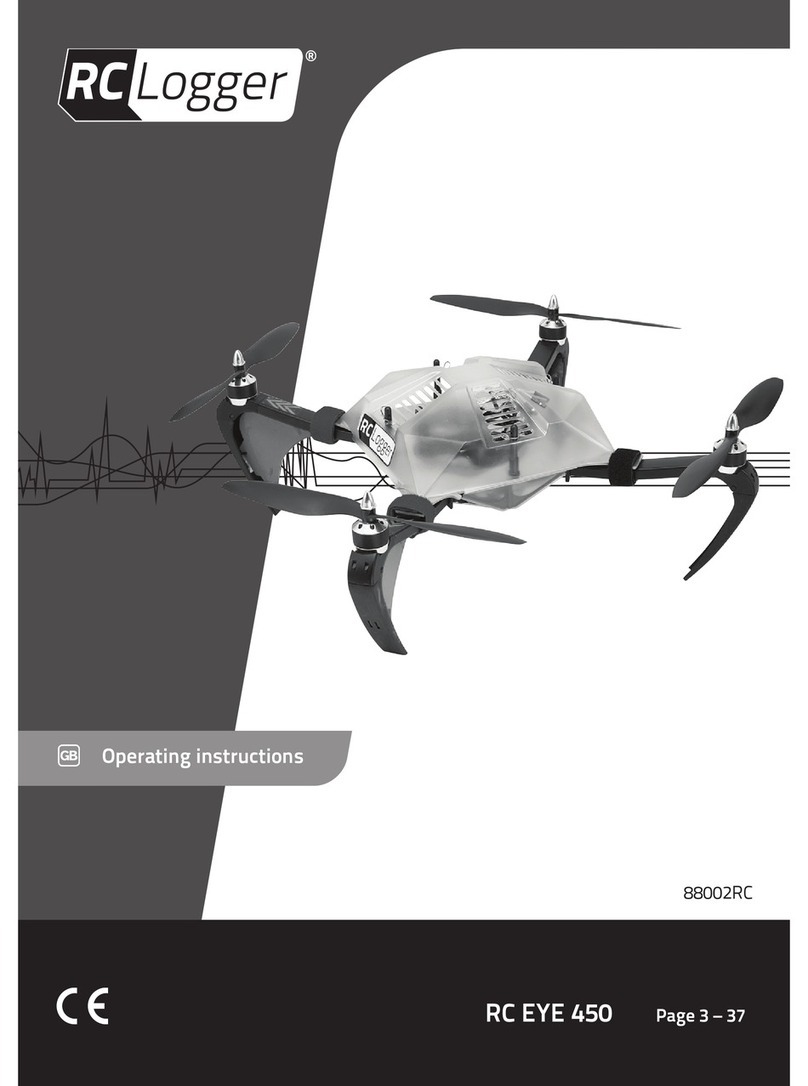6
- has been stored for extended periods in poor ambient conditions or
- has been subjected to any serious transport-related stresses.
> Handle the product carefully. Jolts, impacts or a fall even from a low height can damage the product.
Before commissioning
>Make sure that no other models are operated on the same channel (transmitter frequency) within the
range of the remote control. This applies for all products operated at 915 MHz (e.g. weather stations,
radio headphones, etc.). Otherwise, you will lose control of the remote-controlled models! Always
use different channels if you wish to operate two or several models in direct proximity of each other
simultaneously.
>Regularly check the functional reliability of your model and the remote control system. Watch out for any
visible damage such as defective plug connections or damaged cables.
>All moving parts of the model must run smoothly but should not have any play in their bearings.
>Check before each operation the correct and secure position of the rotors.
>
>
batteries are empty, always replace the complete set, never individual cells only.
>
Otherwise, unexpected reactions of the model may occur and the rotors might run unintentionally!
>When the rotors are running, make sure that neither objects nor body parts are in the rotating and
suction area of the rotors.
During Operation
>Do not take any risks when operating the model! Your own safety and that of your environment is solely
down to you being responsible when dealing with the model.
>Improper operation may cause serious injury and property damage! Therefore make sure to keep a
>Select an appropriate location for the operation of your model.
>
medication can cause incorrect responses.
>Do not direct your model towards spectators or towards yourself.
>
>Never switch off the remote control (transmitter) while the model is in use. After landing, always
>In case of a defect or a malfunction, remove the problem before using the model again.
>Never expose your model or the remote control to direct sunlight or excessive heat for an extended
period of time.
>In the case of a severe crash (e.g. from a high altitude). the electric gyro sensors can be damaged and/




























